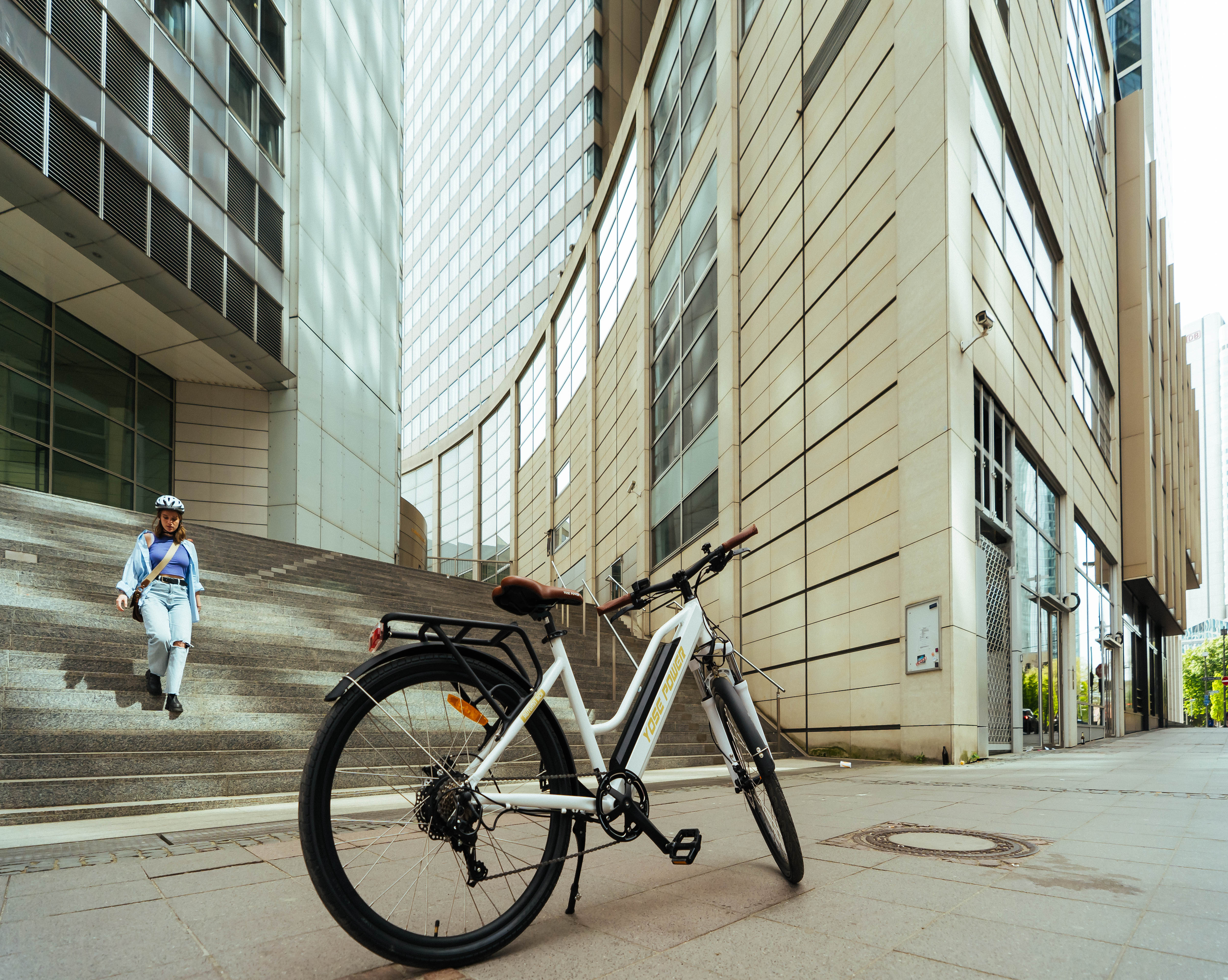As a cycling enthusiast, you're likely familiar with the importance of regular bike maintenance to ensure smooth operation. However, knowing exactly when to replace certain parts can be confusing. In this article, we'll provide detailed guidance on when and how to check your bike's key components, helping you keep your bike in top condition for the new riding season. If you're ever unsure whether a part needs replacing, don't hesitate to consult a professional bike mechanic.
When to Replace Bike Chain
The chain is one of the most frequently worn parts of your bike's drivetrain. Generally, if your chain has covered 2,000 to 3,000 kilometers, or if a chain checker tool shows that it has stretched by 0.5% to 0.75%, it's time to replace it. Failing to replace a worn chain in time can accelerate wear on the cassette and chainrings. Regular cleaning and lubrication can extend the life of your chain.
When to Replace Cassette
The cassette's lifespan is typically linked to the chain's wear. If you notice chain skipping after installing a new chain, it's a sign that the cassette needs replacing. The cassette usually lasts between 6,000 and 8,000 kilometers, but this can vary based on riding conditions and maintenance. Regularly inspect the cassette teeth for signs of wear and deformation.
When to Replace Chainrings
Chainrings are generally more durable than chains and cassettes but will wear out over time. If the teeth on your chainrings become sharp or irregularly shaped, or if you experience chain skipping even with a new chain, it’s time to replace them. Chainrings typically last two to three times as long as chains, approximately 6,000 to 9,000 kilometers. Regular inspection and cleaning can prolong their lifespan.
When to Replace Derailleur
Derailleurs don't need frequent replacement, but you should consider it if the jockey wheels (derailleur pulleys) are severely worn, the derailleur casing is damaged, or shifting becomes inconsistent. Regular inspection, cleaning, and lubrication of the derailleur components can extend its life. If problems persist, consult a mechanic for a thorough check.
When to Replace Jockey Wheels
Jockey wheels, also known as derailleur pulleys, are crucial for smooth shifting. Replace them if they wobble, have excessive play, or the teeth are significantly worn down. Jockey wheels typically need replacing every 5,000 to 8,000 kilometers. Regular checks ensure smooth and accurate shifting.
When to Replace Derailleur Cables
Derailleur cables wear and stretch over time, affecting shifting precision. If you notice fraying, rust, or increased resistance when shifting gears, replace the cables. It's recommended to replace derailleur cables every year or every 5,000 kilometers to maintain optimal shifting performance.
When to Replace Brake Cables
Mechanical brake cables stretch and wear over time, leading to reduced braking performance. If your brakes feel less responsive, or if the cables show signs of fraying or rust, replace them. Like derailleur cables, brake cables should be replaced annually or every 5,000 kilometers for reliable braking.
When to Replace Brake Rotors
The replacement frequency for brake rotors depends on riding conditions and usage. If the rotor thickness is below the manufacturer's recommended minimum (usually 1.5 to 2 mm), or if the rotor is warped or produces squealing noises during braking, it's time to replace it. Regularly inspect rotors for wear and replace them promptly to ensure effective braking.
When to Replace Pedals
Pedals endure significant pressure and wear during rides. Replace them if the bearings are loose, the pedal surface is worn, or they don't spin smoothly. Regular inspection and lubrication of pedal bearings can extend their lifespan. Pedals typically need replacing every 5,000 to 10,000 kilometers.
When to Replace Tires
Tires are the only part of your bike that contacts the ground, so their condition directly affects safety. Replace tires when the tread is worn down, cracks appear, or the sidewalls are damaged. Road bike tires usually last 3,000 to 5,000 kilometers, while mountain bike tires last around 2,000 to 4,000 kilometers. Regularly check tire wear and maintain proper inflation to extend their life.
When to Replace Saddle
The comfort of your saddle directly impacts your riding experience. Replace the saddle if the surface is damaged, the padding has collapsed, or you experience discomfort while riding. Choosing an ergonomically designed saddle can significantly enhance comfort. Typically, saddles need replacing every 10,000 to 20,000 kilometers.
When to Replace Handlebars
Handlebars are critical for control and comfort. Replace them if they show signs of bending, cracking, or corrosion. Also, if you feel excessive vibration or looseness in the handlebars, check for damage and consider replacement. Aluminum handlebars generally last 3 to 5 years, while carbon fiber handlebars should be replaced every 2 to 3 years. Regularly inspect the handlebars and their attachment points to ensure safety and comfort.
By regularly inspecting and replacing bike parts, you can ensure your bike remains in top condition, providing a safe and enjoyable riding experience. If you're unsure whether a part needs replacing, consulting a professional bike mechanic can provide the best advice.


Share:
How to Choose the Brakes for Electric Bike?
When Should the Electric Bicycle Battery Be Replaced?